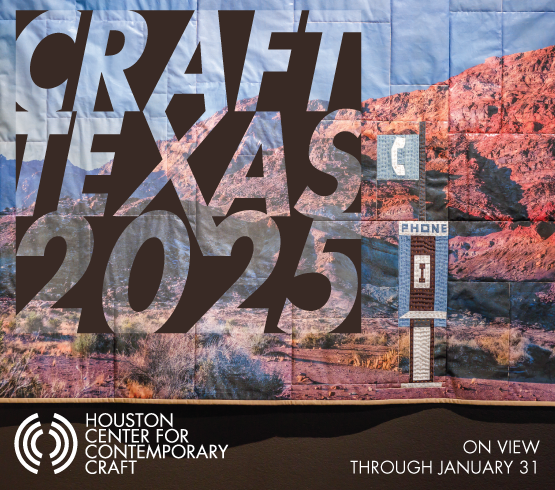When Hilde Nelson was applying for her position at the Dallas Museum of Art as Curatorial Assistant for Contemporary Art three years ago, she had a dream list of artists with whom she wanted to collaborate. Among them was Brooklyn-based painter Naudline Pierre, whose career Nelson had already been following. In September, Nelson’s wish came true: She curated the DMA’s new exhibition, Naudline Pierre: What Could Be Has Not Yet Appeared, on view through May 15, 2022.
This is the first solo museum exhibition for Pierre, though not the first time her work has been on display at the DMA. The museum acquired her 2019 painting, Lest You Fall, as part of its permanent collection in 2020 and it is one of the central works in the show. Nelson describes it as a pivot point from some of the early aspects of Pierre’s practice, showing the artist’s skill at layering colors to create a sense of movement of the models’ bodies, of pressure, and hands on flesh.
Visitors will notice a recurring protagonist in three of the new paintings, rendered as a femme in a solid, opaque form. In Hereafter, Ye Shall Be Changed, flames lick from her palms as winged figures envelop her, as if they’re guiding her through a moment of change, notes Nelson. The femme then transforms to radiate with a perceptible red glow while embracing another winged character in To Make You Whole. Then, she is refashioned yet again by donning fiery wings while soaring through space in Power Within. “For Naudline, it is a matter of how this protagonist is growing and changing and shifting and transforming,” Nelson explains. “I think that transformation is hugely important for her work and that idea of shift and change.”

1 ⁄8
Naudline Pierre, Closer Still, 2017, oil on canvas, © Naudline Pierre, courtesy of the artist and James Cohan, New York. Photo: Paul Takeuchi

2 ⁄8
Naudline Pierre, Hereafter, Ye Shall Be Changed, 2021, oil on linen, © Naudline Pierre, courtesy of the artist and James Cohan, New York. Photo: Paul Takeuchi

3 ⁄8
Naudline Pierre, Hold Me This Way, 2017, oil on canvas, © Naudline Pierre, courtesy of the artist and James Cohan, New York. Photo: Paul Takeuchi

4 ⁄8
Naudline Pierre, Hold On, Hold Tight, 2019, oil on canvas, © Naudline Pierre, courtesy of the artist and James Cohan, New York. Photo: Paul Takeuchi

5 ⁄8
Naudline Pierre, Lest You Fall, 2019, oil on canvas, Dallas Museum of Art, Lay Family Acquisition Fund, 2020.8, © Naudline Pierre, courtesy of the artist and James Cohan, New York

6 ⁄8
Naudline Pierre, Too Much, Not Enough, 2019-2020, oil on canvas, © Naudline Pierre, courtesy of the artist and James Cohan, New York. Photo: Paul Takeuchi

7 ⁄8
Naudline Pierre, To Make You Whole, 2021, oil on canvas, © Naudline Pierre, courtesy of the artist and James Cohan, New York. Photo: Paul Takeuchi

8 ⁄8
Installation image, Naudline Pierre: What Could Be Has Not Yet Appeared, September 26, 2021 – May 15, 2022.
The downstairs gallery also includes three additional works by Pierre; two from 2017 and one from 2019, all equally striking in ethereality and resounding color.
—AMY BISHOP




